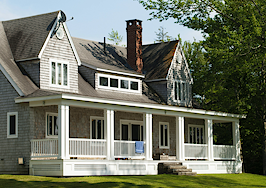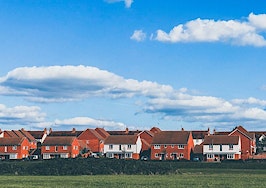Pending home sales dipped slightly in November, following a strong October that saw them increase, according to the National Association of Realtors.
The pending sales of existing homes dipped down 2.2 percent in November, in line with NAR’s prediction of a slowdown, after increasing by 7.5 percent between September and October, according to NAR’s monthly report. NAR Chief Economist Lawrence Yun attributed the slump to low housing inventory, resulting in higher prices for buyers.
“There was less pending home sales action this time around, which I would ascribe to low housing supply, but also to buyers being hesitant about home prices,” Yun said in a statement.
Yun predicted that an increase in housing supply in the new year would ease the price burden for consumers.
“While I expect neither a price reduction nor another year of record-pace price gains, the market will see more inventory in 2022 that will help some consumers with affordability,” he said.
The trade group’s Pending Home Sales Index (PHSI), which forecasts future sales using contract signing as an indicator, fell to 122.4 in November from 125.2 in October, a 2.7 decrease from where they were the previous year.
Despite a tough market compounded by labor shortages and supply chain issues, demand for homes remains exceptionally high and competition is fierce, with homes listed for sale moving from “listed status” to “in contract” within approximately 18 days, according to Yun.
“Buyer competition alone is unrelenting but home seekers have also had to contend with the negative impacts of supply chain disruptions and labor shortages this year,” he said. “These aspects, along with the exorbitant prices and lack of available homes have created a much tougher buying season.”
Regional breakdown
Pending sales ticked down across the country, with only the Midwest seeing a year-over-year increase according to NAR.
Western states saw pending sales drop by 2.2 percent in November to 105.5, down 4.6 percent from a year prior.
In the Midwest, the index fell 6.3 percent to 116.8, but was up 0.2 percent from November 2020.
Northeastern states saw a decrease of 0.1 percent to 99.4, down 8.5 percent from a year ago, while pending home sales in the South dipped 0.7 percent to 148.2, down 1.3 percent from a year earlier.








